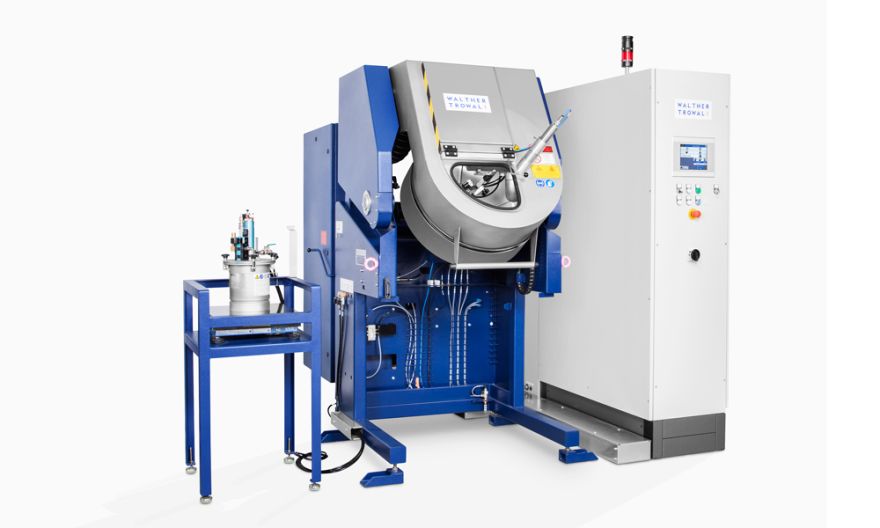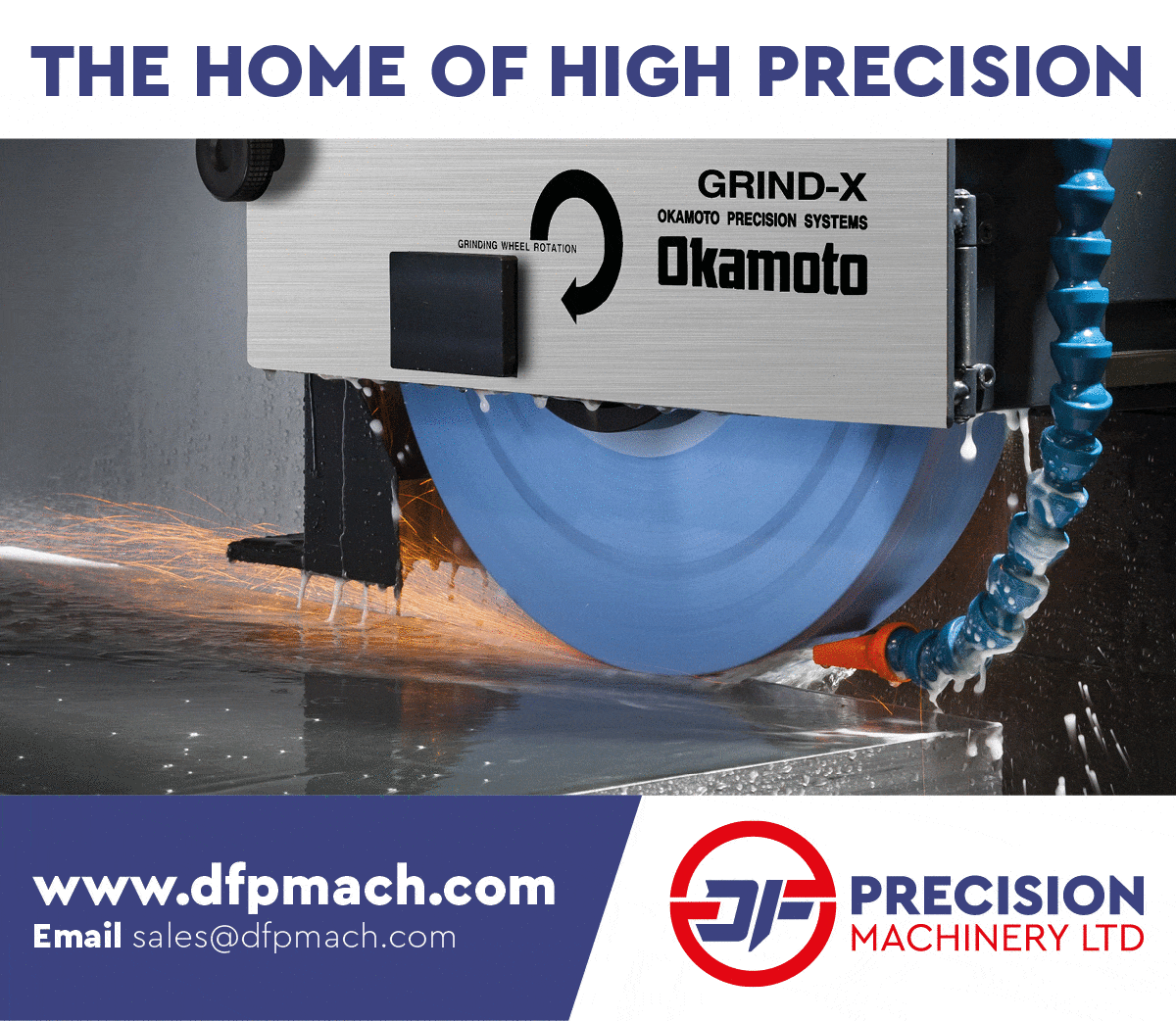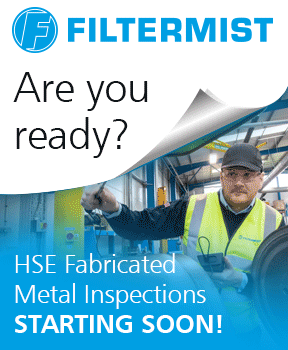Perfect surface finishes for products made with additive manufacturing
Published: | surface treatment, Walther Trowal, Formnext Exhibition, Rotamat coater

At the Formnext exhibition 2022 Walther Trowal will present two surface treatment technologies: Mass finishing and coating of small components in rotary drums. In the AM post process machine the surface of 3D printed components is refined by deburring, smoothing or polishing; in the Rotamat coater the component surface is coated with lacquer materials.
In one single operation the AM post process machine, model A2, eliminates the high surface roughness that is typical for 3D printed components. Usually such rough surfaces are caused by the so-called “staircasing” effect, markings from removed support structures and residual powder sintered onto the component surface.
Walther Trowal developed the A2 machine specifically for treating complex metal components. For, topology-optimized work pieces with intricate – frequently bionic – shapes cannot be finished manually with consistent results. Mass finishing has proven to be the ideal technology for dealing with such challenging finishing applications. The constant “rubbing” of the grinding/polishing media against the work pieces is not only gentle but also produces a homogeneous surface finish. Moreover, the media also reaches difficult-to reach internal surface areas and undercuts. The design of the new finishing machine is based on the rotary vibrator concept. These machines have proven themselves in numerous industrial finishing applications around the world.
AM post process systems are running fully automatically and produce excellent and consistent surface finishes. In contrast to electro-chemical finishing systems the high luster polishing effect is achieved in one single operation. Because of their compact design and small footprint the A2 machines can be easily integrated into interlinked manufacturing operations.
With the Rotamat R 60 3D printed components can be quickly and evenly coated with a variety of different lacquer materials. Like the A2 finishing machine the R 60 coater was specifically adapted to the requirements of additive manufacturing: Even the most complex and intricate components can be evenly coated with absolutely repeatable results.
Since additive manufacturing is usually utilized for relatively small production volumes, the Rotamat offers a capacity (expressed in volume) from 2 to 15 liters per batch. Such a capacity is more than sufficient for the small production runs typical for 3D printing operations. Why should the customer invest in larger and significantly more expensive machines, if they are not required?
Frank Siegel, the sales manager “coating technology” at Walther Trowal, wants to ensure that his customers are well taken care of: „The lacquer producers are currently working very hard to develop new coating systems for the base materials used in 3D printed components. By closely working with them we make sure that our customers achieve excellent coating results on their 3D printed components with the new lacquer materials in their existing Rotamat machines.
Walther Trowal at the Formnext exhibition 2022
November 15 to 18, 2022 in Frankfurt am Main
Hall 11, Booth 11.0C29
Walther Trowal Ltd
Tel: 0121 270 4555
www.walther-trowal.com
Quick Links
Telephone
Published By
Roger Barber Publishing
4 Mayfair Court
Cleethorpes
South Humberside
DN35 0QG
© Copyright Roger Barber Publishing , all rights reserved.
Terms and Conditions apply. This website uses cookies, click here for blocking details. Our Privacy Policy is available here.

